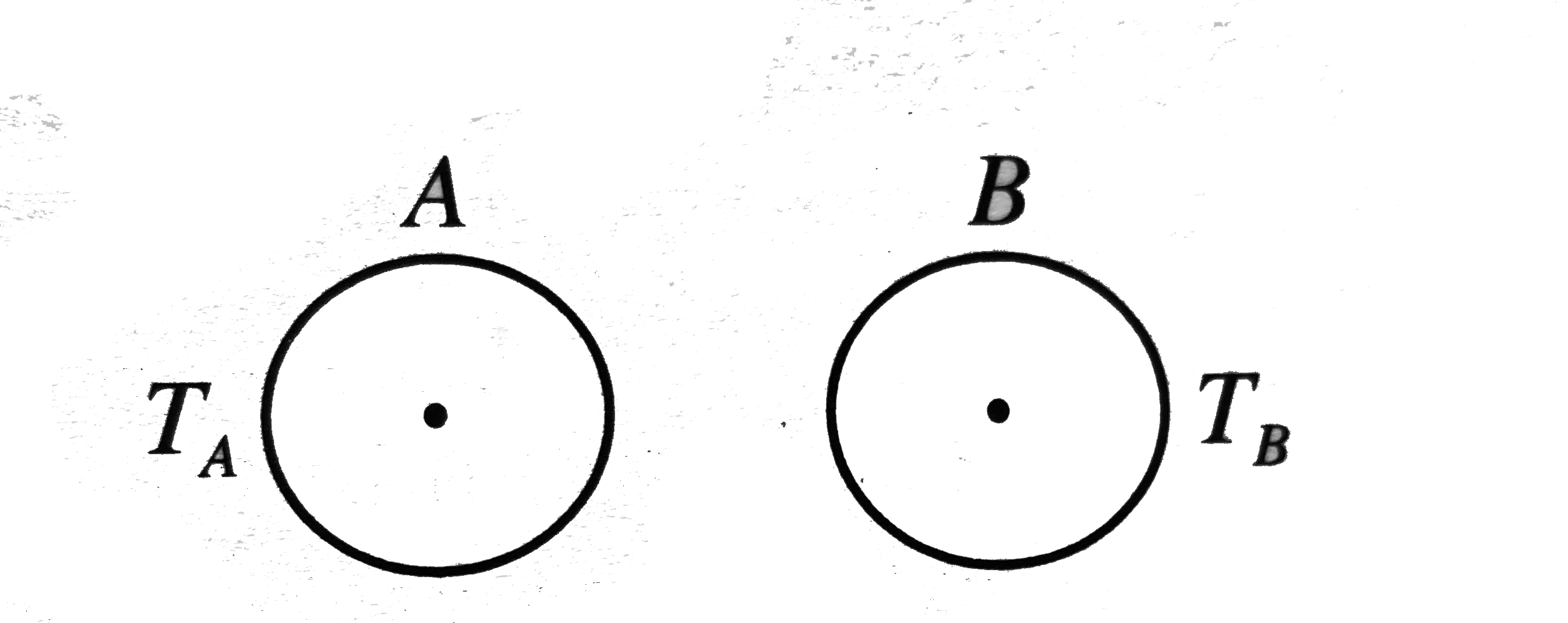A: The reflectance of a black body is zero.
R: Black body absorbs all radiations incident on it.
If both Assertion & Reason are true and the reason is the correct explanation of the assertion, then mark (1)
If both Assertion & Reason are true but the reason is not the correct explanation of the assertion, then mark (2)
If Assertion is true statement but Reason is false, then mark (3).
If both Assertion and Reason are false statements, then mark (4).
To solve the assertion and reasoning question regarding the properties of a black body, we can break it down step by step:
Step 1: Understand the Assertion
The assertion states that "the reflectance of a black body is zero." Reflectance is the fraction of incident radiation that is reflected by a surface. For a black body, this means it does not reflect any radiation.
Hint: Reflectance is a measure of how much radiation is bounced back from a surface.
Step 2: Understand the Reason
The reason provided is "a black body absorbs all radiations incident on it." This means that when any radiation strikes a black body, it is completely absorbed and none is reflected or transmitted.
Hint: A black body is defined as an ideal absorber of all incident radiation.
Step 3: Relate the Assertion and Reason
We know that for any material, the relationship between absorptivity (α), reflectivity (ρ), and transmissivity (τ) can be expressed as:
α+ρ+τ=1
For a black body, the absorptivity (α) is equal to 1, meaning it absorbs all the radiation. Therefore, we can deduce:
1+ρ+τ=1
This implies that both reflectivity (ρ) and transmissivity (τ) must be zero:
ρ=0andτ=0
Hint: The sum of the fractions of absorbed, reflected, and transmitted radiation must equal one.
Step 4: Conclusion
Since the reflectivity of a black body is indeed zero (as stated in the assertion), and the reason correctly explains why this is the case (because a black body absorbs all incident radiation), we can conclude that both the assertion and reason are true, and the reason provides a correct explanation for the assertion.
Final Answer: Both the assertion and the reason are true, and the reason is the correct explanation for the assertion.
The assertion states that "the reflectance of a black body is zero." Reflectance is the fraction of incident radiation that is reflected by a surface. For a black body, this means it does not reflect any radiation.
The reason provided is "a black body absorbs all radiations incident on it." This means that when any radiation strikes a black body, it is completely absorbed and none is reflected or transmitted.
We know that for any material, the relationship between absorptivity (α), reflectivity (ρ), and transmissivity (τ) can be expressed as:
α+ρ+τ=1
For a black body, the absorptivity (α) is equal to 1, meaning it absorbs all the radiation. Therefore, we can deduce:
1+ρ+τ=1
This implies that both reflectivity (ρ) and transmissivity (τ) must be zero:
ρ=0andτ=0
Since the reflectivity of a black body is indeed zero (as stated in the assertion), and the reason correctly explains why this is the case (because a black body absorbs all incident radiation), we can conclude that both the assertion and reason are true, and the reason provides a correct explanation for the assertion.
Similar Questions
What is a black body ?
View SolutionStatement-1: A black hole is an example of a perfectly black body.
Statement-2: A perfectly black body absorbs every kind of radiation incident on it.
View SolutionThe reflectance and emittance of a perfectly black body are respectively
View SolutionFor perfectly black body emissivity (e) is
View SolutionBlack surfaces are poor absorbers of heat radiations.
View SolutionThe rate of radiation of a black body at 0° C is E . The rate of radiation of this black body at 273∘C will be
View SolutionWhich of the following is a true nut?
View SolutionThe power radiated by a black body is P, and it radiates maximum energy around the wavelength λ0. If the temperature of the black body is now changed so that it radiates maximum energy around a wavelength 3λ0/4, the power radiated by it will increase by a factor of
View SolutionThe power radiated by a black body is P and it radiates maximum energy at wavelengthλ0.If the temperature of the black body is now changed, so that it radiates maximum energy at wavelength 34λ0, the power radiated by it becomes nP.The value of n is
View Solution
A and B are tqo isolated spheres kept in close proximity so that they can exchange energy by radiation. The two spheres have identical physical dimensions but the surface of A behaves like a perfactly black body while the surface of B reflects 20% of all the radiations it receives. They are isolated from all other sources of radiation.
View Solution